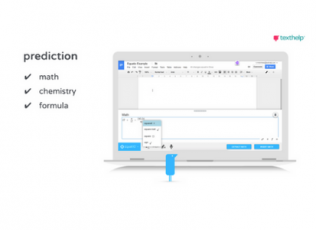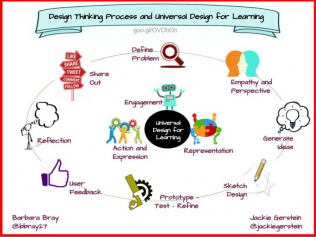
UDL Supports for Math and Science
Martin McKay discusses new approaches to allow students to express their math knowledge and consume math and science subjects in several new innovative ways.
Over the past number of years, UDL supports and scaffolding for literacy have become increasingly available, however math instruction has remained primarily and stubbornly a paper-based practice.
On average, over 60% of 4th and 8th graders are not proficient in Math, and estimated remedial math enrollment continues to rise each year. The COVID-19 pandemic has meant that math teachers all over the world have been thrust into remote instruction using digital tools.
So how can the UDL framework help us to guide our students?
During this session Martin discusses new approaches to allow students to express their math knowledge and consume math and science subjects in several new innovative ways. The expression of accessible math & science by predictive typing, speaking, writing and even OCR of and handwritten math is now a reality.
Session Video Recording
Slide Deck
Interactive Notes Document
Share this resource:
Posted date:
April 9, 2021

